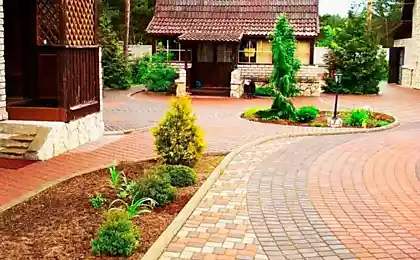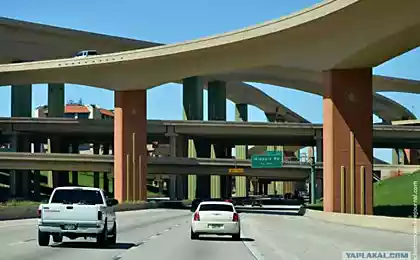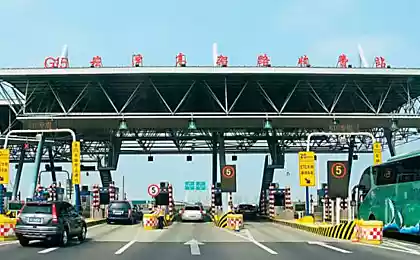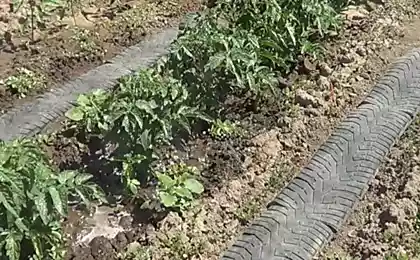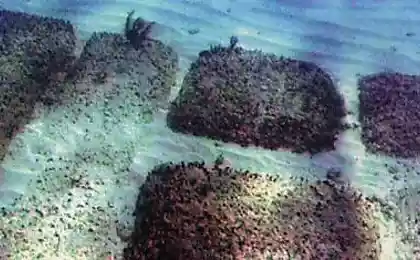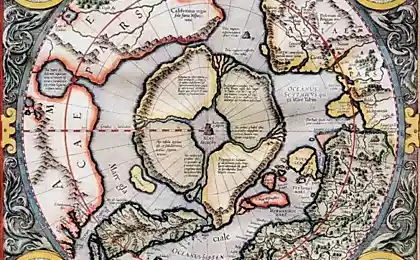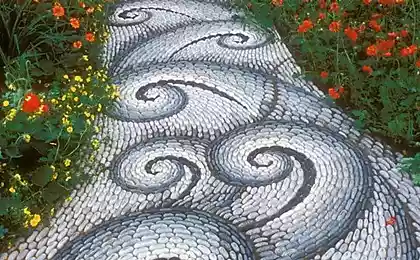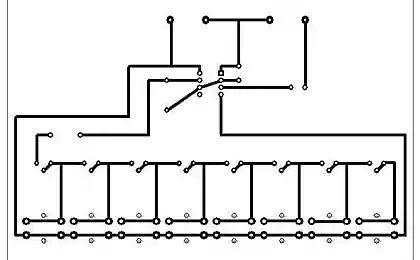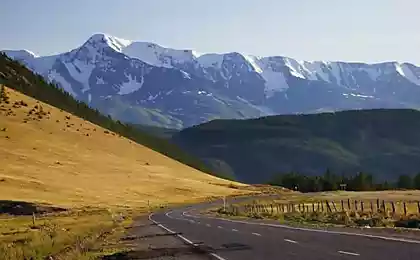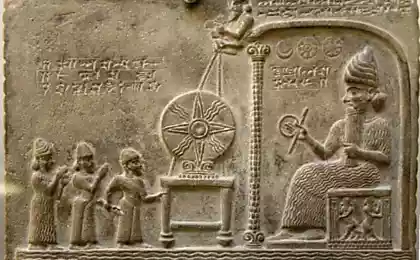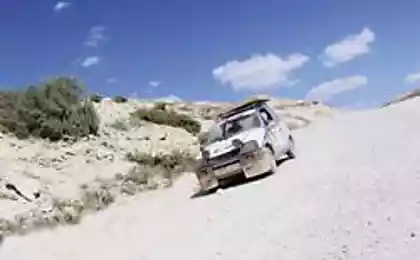269
Pathways as traces from pre-Flood roads
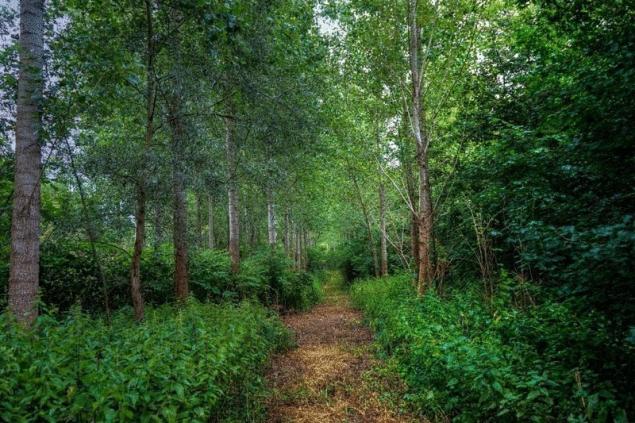
On the day of Parental Saturday, it is customary to remember your ancestors. On this day, let us remember several tens, perhaps hundreds of millions of our Great Ancestors, undeservedly forgotten by our official history, visit the places where they lived and where they met their last Day. We thank them for giving us life. Because it seems that no one can do this except for us, since nobody knows about Them, and those who know are meanly silent. Our task is to convey to as many people as possible the truth. The truth about our forefathers, and the distant past. The past, from which all the greatest achievements of Architecture, Construction, Art remain, and most importantly our Earth and our Country. How does an orphan feel, who was told all his life that his parents were alcoholics and parasites, that they abandoned him as a child, and only thanks to the orphanage, he became a person, and therefore he should be grateful to this house and the people working there. How, after many years, this grown up child, wandering through the remote forests of the suburbs, suddenly finds the abandoned ruins of a huge settlement in the past. On the outskirts of this settlement he finds a huge cemetery, on the tombstones of graves he finds surnames and portraits of people with the same surname, with portraits of noble men and women, and many men remind him of his reflection in the mirror. And he begins to understand that most likely, in this forest, are his great ancestors, who are no longer alive, but it is to them he owes his birth, and his appearance, and probably his heredity. And it is he who is the direct descendant and heir of this Earth, in which his great ancestors rest, and these ruins, which are all forgotten and abandoned, and that he is simply obliged to learn everything about his ancestors. Because, probably, it is not by chance that he was told a lie all his life, and probably not by chance he was made a new biography. And most importantly, he just has to find out what happened in this place and why.
... We listen to all sorts of unpleasant tales about our ancestors, build our present and future with these tales. We do not even realize that it is worth turning to the forest path, where our heart calls us, and finding the place where we came from, and learning about our past.
The truth, as it turns out, is broken into thousands of small pieces and scattered throughout the Earth. And you need to collect these fragments to put together a picture of your past and read what was there in this picture depicted. Pieces of this truth can be found at every step. You only need to be able to distinguish it and see in the environment an invaluable shard of Truth about your past. You need to look around and then it turns out that these priceless fragments are found at every step.
So, let’s try to look for the traces of our Great Past not in the cities and villages, to which we will definitely return, but in the forests. As the poet said,
There's miracles. There's a lion wandering.
The mermaid sits on the branches;
There's an unknown path.
Traces of unseen animals;
The hut over there on chicken legs.
It stands without windows, without doors.
There is a forest and a valley of visions full...
... Those very forests whose age in the European part of Russia is no more than a couple of hundred years. Maybe the trees have kindly hidden the truth from others’ eyes and are waiting for us to come home and read it.
But, first, a little introduction and words of gratitude to those who gave clues “What and where to look.”
Those who are not the first year in the search, noticed a pattern – our ancestors did not have any difficulty to build straight streets in cities. Leaving us with these "pointers" clues. The accuracy of indicating the points to which the streets are oriented is so great that the deviations are tenths of a degree. Moreover, an ideal straight line of streets and roads was laid on any surface, as if the problems of the terrain did not exist. And the parallelity of the lines is so precise that the question always arises as to how this could be done without a laser tool, and aerial correction. And, perfectly smooth lines with the length of ten kilometers. Anyone who has built or laid tracks in their life knows that the easiest way to mark a line is with a simple rope, but it is not able to give accuracy at a distance of more than a hundred meters. We everywhere observe the greatest accuracy, and cosmic, for tens of kilometers. Let's remember that fact.
Examples of building perfectly flat streets and roads can be seen on the plans of almost all ancient cities. Examples of this can be seen here:
mishawalk.blogspot.ru 2014/09/iv.html
Here are some of them:
The flat streets of New York:
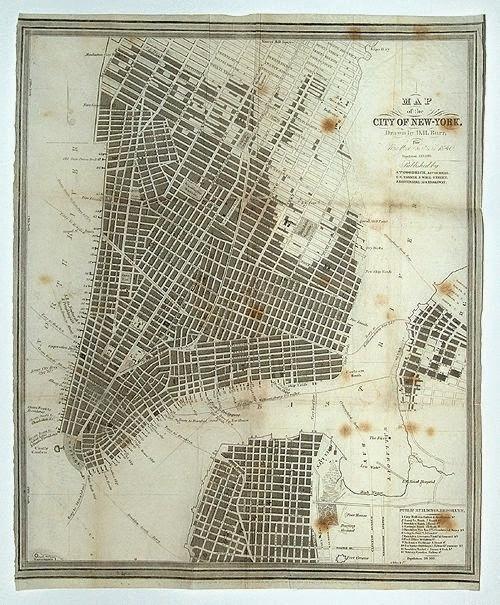
Vologda,
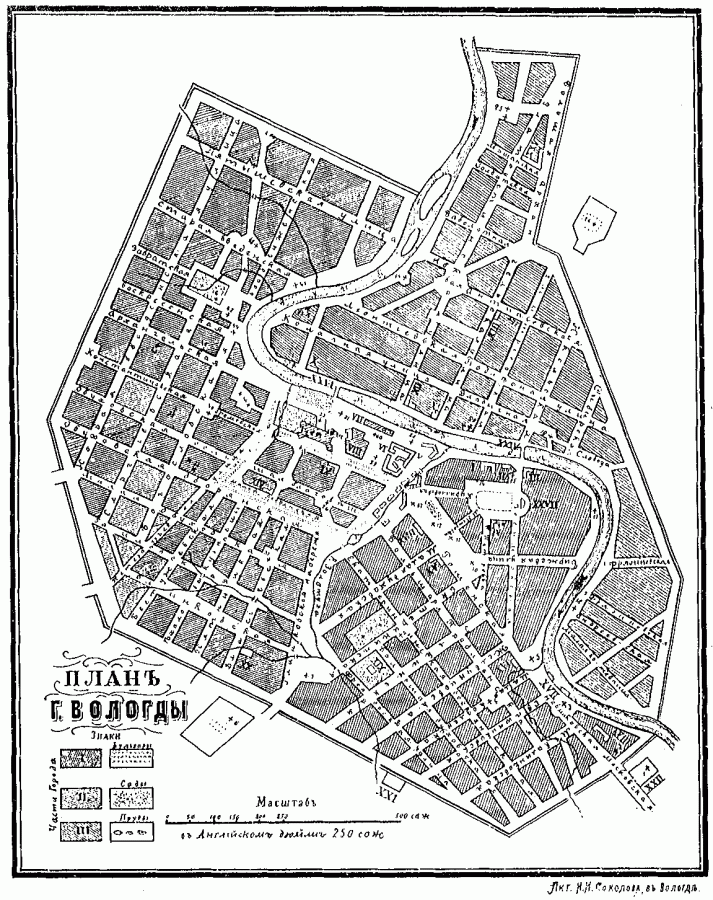
Washington.

Kostroma

Almost all old cities (Athens, St. Petersburg, Berlin, Mexico City, and many others) are distinguished by this feature - perfectly straight streets.
As can be seen from the examples, our ancestors did not interfere with making a plan of perfectly flat streets, and to implement this plan in life.
But this accuracy was not limited to the layout of city streets. Similar straight and parallel lines are observed on many ancient structures.
For example, consider the channels that cover even today the countries of Asia, America, Europe – China, Vietnam, Cambodia, the United States and even Siberia:
China:
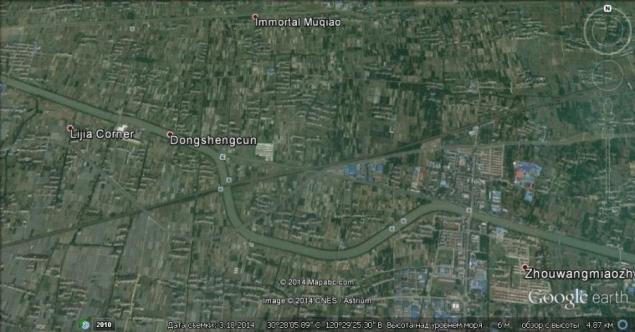
USA
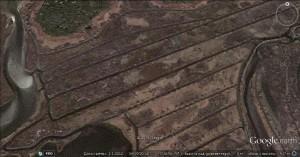
Vietnam:

Many people who don’t believe in the high-tech of our ancestors will say, “It was all built in the 20th century by a billion Chinese, nothing complicated or unusual.”
The problem is that such buildings are found everywhere, even where the Chinese did not set foot, and often a person for the last hundred years.
Siberia:

Astrakhan - Volga delta:

Who and when built these perfectly direct structures historical science does not say.
As a result, the idea arises that the next thing to check for the accuracy of construction should be roads.
And right, All over the world you can find very old roads, length of tens and hundreds of kilometers, where the deviation along the entire length is almost zero. For example, an unknown road in Central Asia:
Perfectly straight roads in Australia:
If you wish, you can find many such examples online, and, officially, the time of construction of such roads, as a rule, the 19th century. And interestingly, no one is embarrassed.
For example, look at the most modern roads built in Russia in recent years. For example, the M4 “Don” highway, the M11 “Moscow – St. Petersburg” highway, built just a few years ago, using European technologies and specialists. Perfectly straight stretches of only a few kilometers. It is right, there is a relief that is more profitable to circumnavigate than to build bridges or dig a huge trench in the hills.
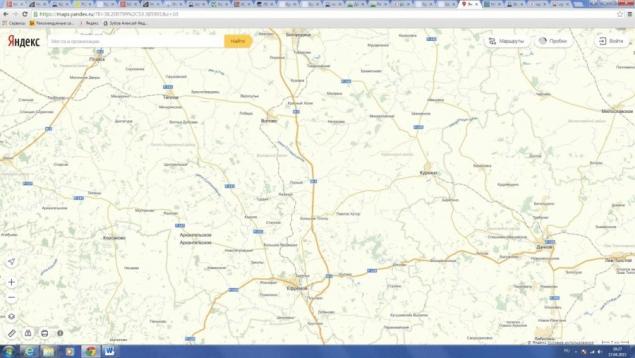
As you can see, now roads are not built like this, and there is no need, and maybe even an opportunity, in this today.
A careful reader, of course, will say that I am trying to mislead the audience, and will certainly provide the following data:
Moscow region, OLD highway Moscow-Saint Petersburg, Solechnogorsk:
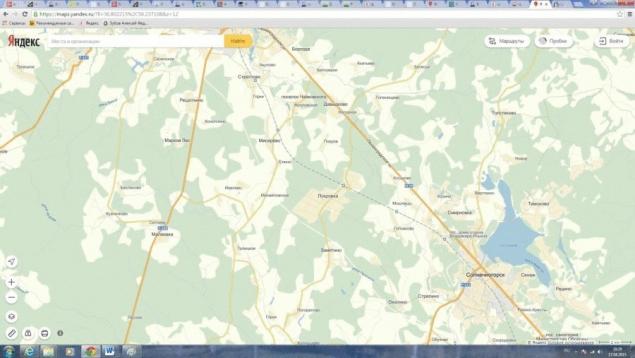
More than 20 km, a perfectly straight road. You can check it yourself. The deviation is virtually non-existent. Almost like them, in Australia, the truth is not hundreds, but a couple of dozen kilometers. But the problem is that this is the old road. Which was laid, according to the OI, again in the same 19th century. But in the 20th, there is no such accuracy.
It was a thread, pulling such a ball, that I now do not know what to do with it, and what conclusions to make from it. So I'm going to pull, and I'm going to unravel, and you can just watch, or join in, and maybe at the end we'll come up with some interesting conclusions. Or, on the contrary, you will convince me that this is all my imagination, and I do not need to see the “Conspiracy” in everything. Everything has rational explanations.
Having seen this perfectly straight section of the highway in St. Petersburg, I decided to check whether there are more such sections near Moscow. It was not necessary to look for a long time, it turned out that such sites in the nearest and not very suburbs, the pond is a pond. And immediately caught the eye one feature, very flat roads strangely "correlated" with the clearings in the forests. And often "Proseki" were either a natural continuation of "Right roads", or vice versa, "Right roads" strangely went further into the forest in the form of "Prosek". This caused the most suspicion. I immediately remembered the article of one of the Pathfinders, who drew attention to the “Strangeness” of these very “Moscow Subcavities”. I was the first to smell it. Next, I'm going to show these oddities, and I'm going to show them where they are. In order to “enjoy” you will need a satellite. Maps. I used Yandex, but I think Google will do it too. So, let’s go along “unknown paths”
The most interesting is the South-West of the Moscow region, towards Kaluga. There in one place intersects three perfectly flat areas, and laying the continuation of each of them, you can find a lot of interesting things. I will immediately note that these are all three old roads, many with a “historical” past – the Kiev Highway, the Warsaw Highway, the Kaluga Highway.
And this place is:

You see the triangle on the bottom left? It is formed by three fairly straight lines of roads. And the Warsaw highway, for more than 50 km!!! has no deviations. The two curvatures, straight, are later "circuited" roads around populated areas. Find this site on the Sputnik map, change the scale and enjoy the abundance of perfectly straight paths in the area. (Balabanovo, Kaluga region).
A few more places nearby:

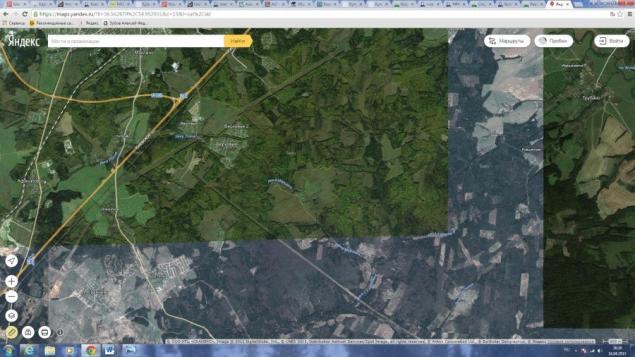
Pay attention to the abundance of perfectly smooth slots, and different widths. Most of the openings either begin or end, and some change direction in places of strange wastelands that are very well suited to small or large settlements. (Former collective farms, critics will say!) Maybe. But let’s not rush to conclusions.
There is a village of Tarutino in the Kaluga region.
It is connected with the war of 1812, near it there is an obelisk with the Eagle, in general, the place is not accidental, I decided to look for "anomalies" there. For critics, I have been there many times in person, so I will say as a real witness:
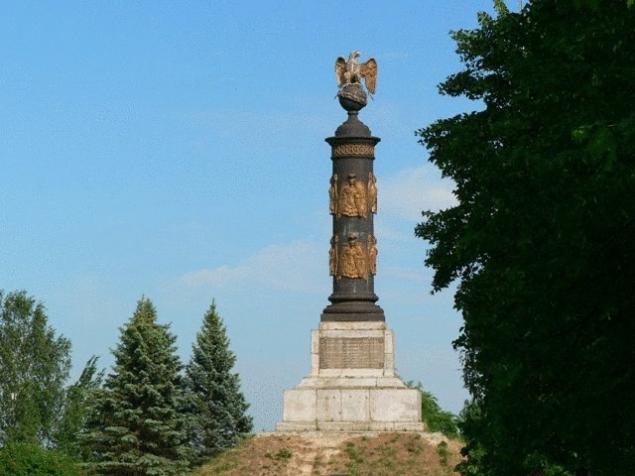
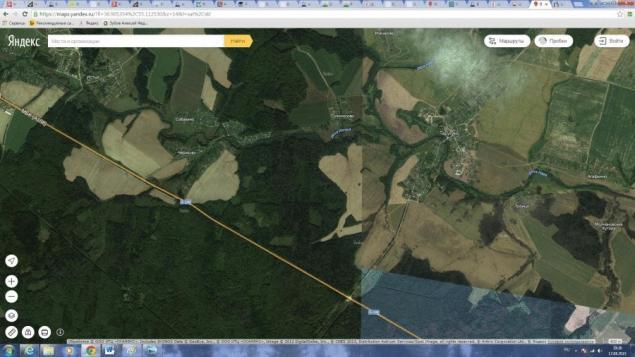
The road A108, (Large Concrete Ring), in this place is one of the sides of the above "Triangle", and also quite straight. Tarutino is located on three parallel street lines. The road from Tarutino to the A108 is straight, but crossing the A108 goes into the forest, “to nowhere”, on the map is indicated by a wide gap. The purpose of this road always seemed strange to me. Near the concrete, there is a very direct clearing in the forest, but not so wide. If you move along wide gaps, you will definitely get into a settlement or a “strange wasteland”. Moreover, if someone thinks that these are roads laid in the forests by carts, then I will say the following: the forest there is very dense, and very swampy, some of the “roads” even now rest on the swamps, which are gradually drying up, decades ago the swamps were completely impassable. But it was a long time ago. And so it is in this whole neighborhood. Military roads? It also does not work, the military is laid with concrete, there are really a lot of them, and they were also clearly laid along the already existing gaps, these are soil, heavily overgrown with bush, clearly not used for a long time. But the main thing to note is that there are perfectly straight sections on the map.
What kind of cuts are these? Why do they match perfectly straight roads? More than a hundred years ago, how were perfectly flat railways and highways built? And most importantly, how did you manage to cut through the forest!!! perfectly smooth clearings with a length of tens of kilometers?
I do not have an answer that suits traditional historical science. Maybe you do.
My opinion on this matter is as follows, judging by the preservation and branching, in the recent past, there was a sufficiently developed culture on the territory of Central Russia, and not only, the remnants of which we observe everywhere, both in architecture, in technology, in the road management, and in the field of waterways. The facts that are becoming more and more telling about this. But as a result of some serious cataclysm, almost universal scale, this civilization almost disappeared. For decades, its development stopped, connected with the elementary need of those who remained - to survive. And after the consequences of the disaster were partially overcome, in the 19th century a boom of technological development began around the world. But the roots of this technological advance go back to the pre-catastrophic time.
Cities and settlements have been demolished or buried by a thick layer of clay and sand, and roads and wastelands indicate their former location.
This event took advantage of certain forces in the world who decided to appropriate the remaining legacy. Judging by the density of the remains of architecture in Europe, and the almost complete absence of it, in Russia (with the exception of St. Petersburg and partially (on the hills) in other cities), it was immigrants from Europe who used it. Because it was Western Europe that suffered less, and the highlands. The territory of Russia suffered much more. Everything in the valleys and rivers was destroyed. I am personally interested in this question not from the point of view of making claims to someone (although this is what some are afraid of), but from the point of view of establishing the causes, and the possibility of repeating this event in our time.
Because whoever is warned...
Good luck and reason, published by P.S. And remember, just by changing your consciousness – together we change the world!
Source: yuri-shap2015.livejournal.com/1247.html
Peter Mamonov: God, no matter what you do not believe in, the important thing is that He believes in you
Natural remedies that help to lower cholesterol

